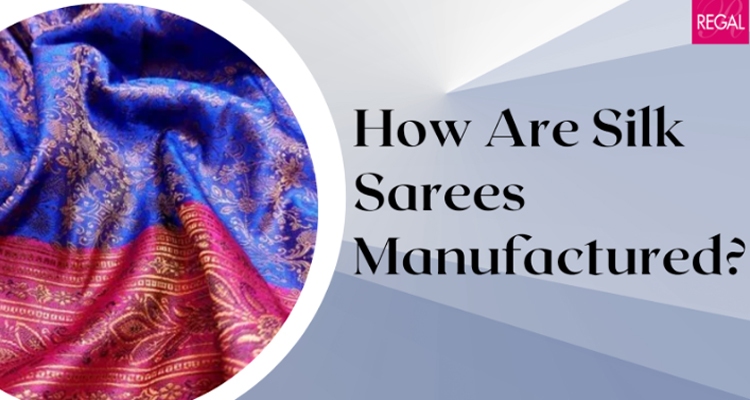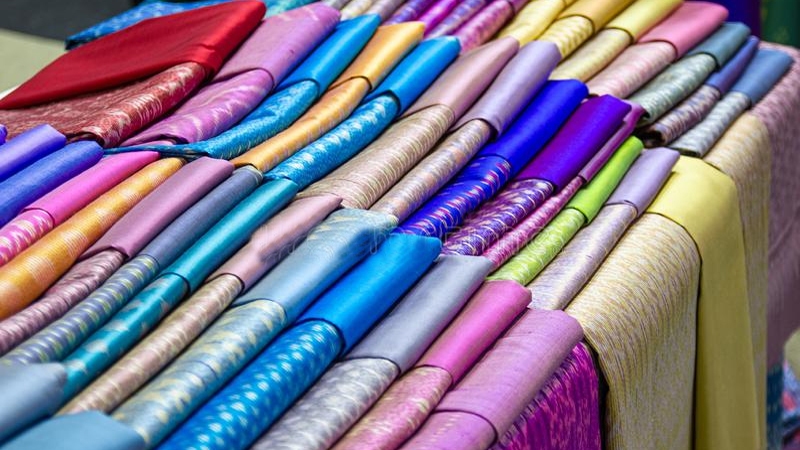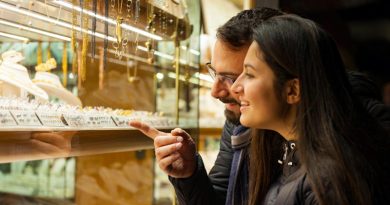How Are Silk Sarees Manufactured?
Silk is deemed to be the queen of textiles, and for good reasons. It is an elegant, glistening, luxurious, and smooth fabric. Women of all ages and almost all countries adore this royal fabric to amplify their beauty and charm.
Designer sarees made from silk sway the fashion industry with their sensuality, luster, and glamor. This elegantly shiny fabric always has a special place in women’s hearts and wardrobes.
Moreover, when paired with ethnic ornaments, silk sarees will make you stand out from the crowd and become the focal point.
Also Read: GRC Manufacturing in UAE – The Future of Construction
What is the history of silk fabric?
Silk is believed to be first produced and popularized in Neolithic China in Yangshao culture. However, it was originally the realm of royalties and then of the elite class. During the pre-industrial era, silk fabric was essential for international trade.
Moreover, references to sericulture and silk can also be found in Indus Valley Civilization and Harappa archaeological records in India. Then, the Silk fabric reached western countries through the legendary Silk road.
The major silk producing countries are China and India. However, other countries having connections with Silk are Thailand, Malaysia, Japan, the Middle East, Indonesia, Europe, and America.
Also Read: 5 Reasons to Buy, Sell or Exchange Luxury Watches in Dubai
What is the manufacturing process of Silk sarees?
Silk is one of the best sustainable fabrics and among the oldest fibers. Silkworms put it together by spinning it around their cocoon.
Let us discuss the process of silk saree manufacturing in detail.
Sericulture
- In this process, silk farmers gather healthy moths for breeding.
- Then, they allow the female moth to lay eggs, which gives around 300-500 eggs at a time.
- Silk farmers test eggs for infection and grade them according to their health. Unhealthy eggs are burned, and healthy eggs are transferred to cold storage.
- They are incubated in cold storage under a controlled environment at 18° to 25° temperature. As a result, they hatch within a week.
- The silkworms produced are fed with Mulberry tree leaves and allowed to grow into caterpillars.
- Then, in their 6th week, the caterpillars start forming symmetrical cocoons around themselves. For this, they rotate their bodies in 8-figure motion thousands of times to form raw silk fibers.
- Each silkworm can produce one single strand of 100 meters in length.
Threads extraction
- After spinning their cocoon around themselves, silkworms will enclose themselves inside it. Now, it is time to extract silk threads.
- But firstly, cocoons are grouped according to their characteristics like size and color to ensure a high-quality end product.
- Silk farmers place the cocoons in boiling water to break down and dissolve the gum, sericin, that holds the cocoon threads together.
- This step is crucial as it ensures that the continuity of threads is not harmed.
- Then, each thread is diligently extracted from the cocoon to form single long threads. These threads are coiled into a reel.
- However, some sericin might still be present on the threads, which are washed with boiling water and soap.
Dyeing
- After washing and degumming the threads, professionals bleach and dry the yarn.
- Traditionally, people used dyes from natural sources like fruits or indigo plant leaves. Here, the threads will be soaked in hot water containing indigo leaves. However, they need to carry out this process numerous times over a long stretch of days to ensure the correct color shade.
- But, these traditional methods are not much in use these days.
- Commercial manufacturing of silk uses acidic or reactive dyes. This allows workers to create a wide range of shades and cater to enormous demand.
- Yet, the modern method remains similar to the traditional one, and silk threads are soaked in dye water.
Spinning
Any silk production process is incomplete without a traditional spinning wheel – an integral part of the silk manufacturing. Even if modern industrial equipment can spin the silk threads more quickly, the mechanism is similar to that of a traditional spinning wheel.
Through ring-spinning, hand-spinning, or mule-spinning, dyed silk fibers are unwound onto a bobbin. As a result, they lay flat and ready for weaving.
Weaving
The final piece of silk fabric comes together during weaving. Weavers weave silk in different ways. For example, plain weave, satin weave, and open weave. Moreover, the quality and finishing of the silk will depend on the type of weave selected.
The process of weaving involves two threads interlocking into each other. This creates a uniform and strong piece of fabric. However, the threads must be woven at the right angles, which are called weft and warp.
The weft will run across, and the wrap will move up and down the fabric.
Printing
If a silk fabric needs a specific design or pattern, like chantilly lace, it will be done after pre-treatment. Printing can be carried out in two ways: Screen printing and digital printing.
Screen printing is a traditional method that requires manual work. However, it can achieve a more vibrant and bolder look because of the substantial application of ink.
Digital printing, on the contrary, uses a digital printer to print hand-drawn patterns.
Finishing
Finishing touches are essential to flaunt the look you desire. They give the fabric an elegant, luxurious, and smooth feel. Hence, it is a critical step.
The finishing task involves the application of chemicals. This adds properties like crease-proofing and fire resistance to the fabric.
Also Read: 10 Best Stylish Mugs and Glasses to Buy Online in Dubai
Final words!
No outfit can match the elegance and grace of the silk fabric. It is an epitome of beauty and charm, which allows women to stand out from the crowd.
The best garment made from silk is silk sarees. They come in various patterns and designs that will attract every woman of the ton. For example, art, ahimsa, banarasi, organza, chiffon, satin, chanderi, and many more.






